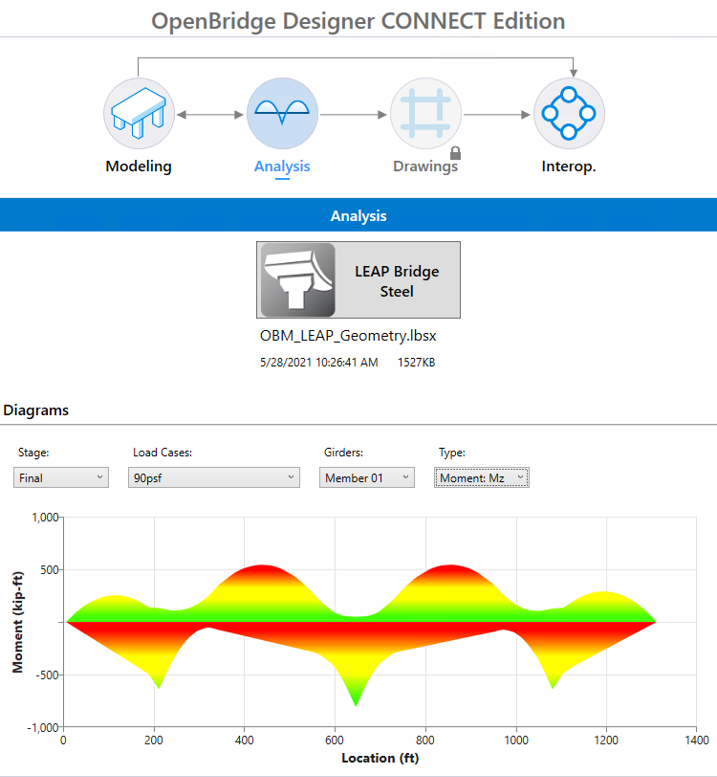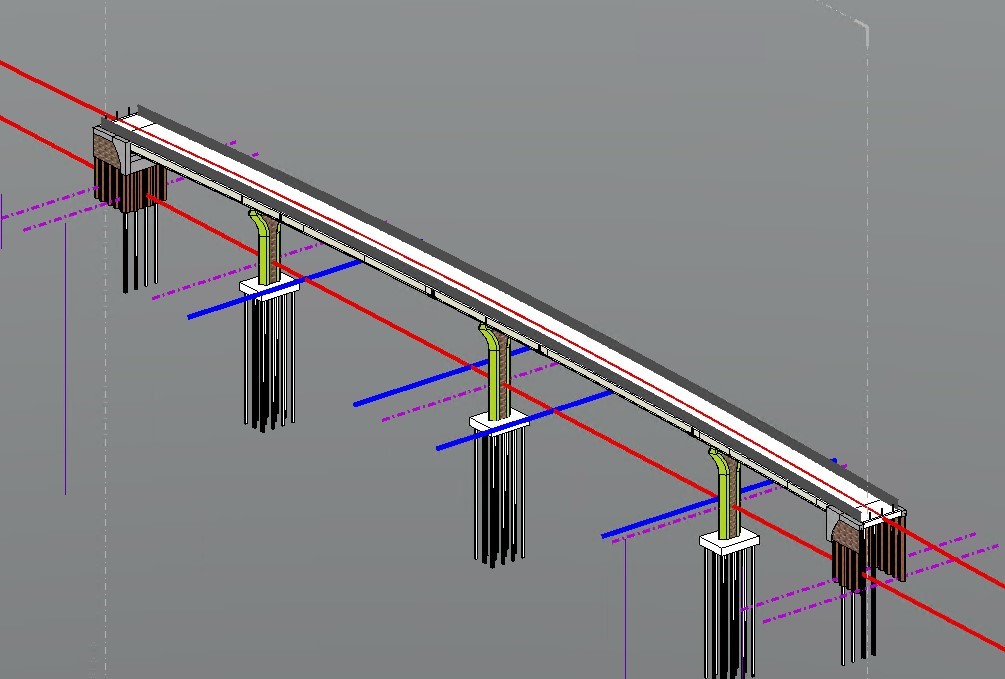Managing last minute design changes to your bridge project.
Your bridge project is almost finished—but stakeholders have dictated additional changes. How do you accommodate those changes without extensive rework and delaying the project?
Michael Alestra, a senior engineer at Pennoni, faced that exact challenge. As head of an important bridge project that was designed for pedestrian and bicycle access in a complex urban area, he and his team needed to relocate a pier in a four-span, 390 foot long steel plate girder bridge based on stakeholder feedback.
The team quickly realized they needed an easy and effective way to manage design changes dynamically with minimal risk and without causing project delays. Previously they had used a software program that allowed them to analyze and design different types of bridges, but any changes were extremely time consuming and required 2D drawings, reports and quantifications to be redone. This was both extremely frustrating and tedious, and the team faced the constant risk of omitting something or presenting errors in the final drawings.
Using OpenBridge Designer, software from Bentley Systems, Michael and his team discovered they could analyze, model, and report on all project data within a single model. They could model the pedestrian bridge in OpenBridge Modeler and then analyze and design it in LEAP Bridge Steel using the AASHTO Guide Specifications for Pedestrian Bridges and the agency’s bridge manual.
Despite facing major modifications, the team discovered that the process with OpenBridge Designer was totally efficient while allowing them to maintain a high level of productivity. When changes were required, the model was modified, and after a few iterations in design, LEAP Bridge Steel helped them streamline those changes.
Implementing any new solution takes time. However Michael and his team discovered OpenBridge Designer was easy to get started with since they were already MicroStation users and OpenBridge Designer uses that platform.
The main challenge they faced was working in CAD workspaces and plan development. This required learning a new way to generate 2D drawings from the 3D model. But once that was mastered, their productivity improved dramatically.
By using a model-centric approach, Pennoni could ensure that the bridge design was always updated. This helped eliminate frustrating and tedious rework for the designer while adopting a more efficient process. The team could use the same 3D model for analysis, visualization, and 2D plan production.
Switching to OpenBridge has completely changed the way Michael and his team will approach future projects, and Pennoni’s client was much happier knowing changes could be made efficiently without affecting the delivery of on-time results.
Want to learn more? Check out our webinar coming Pennoni Case Study: Relocating a Pier on a Steel Pedestrian Bridge coming up June 23.











